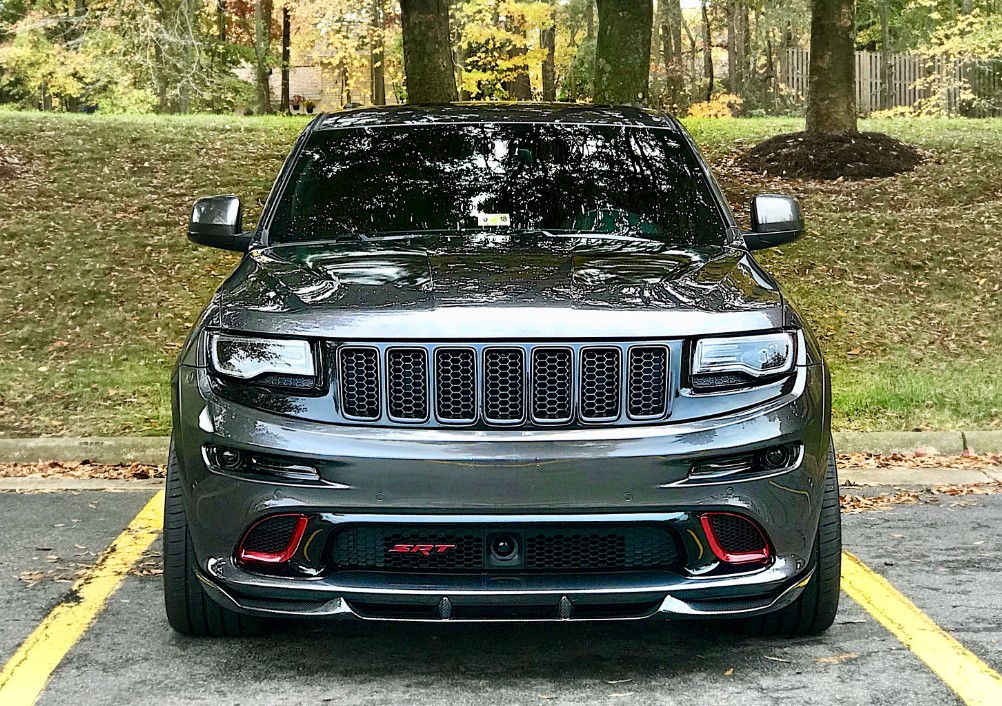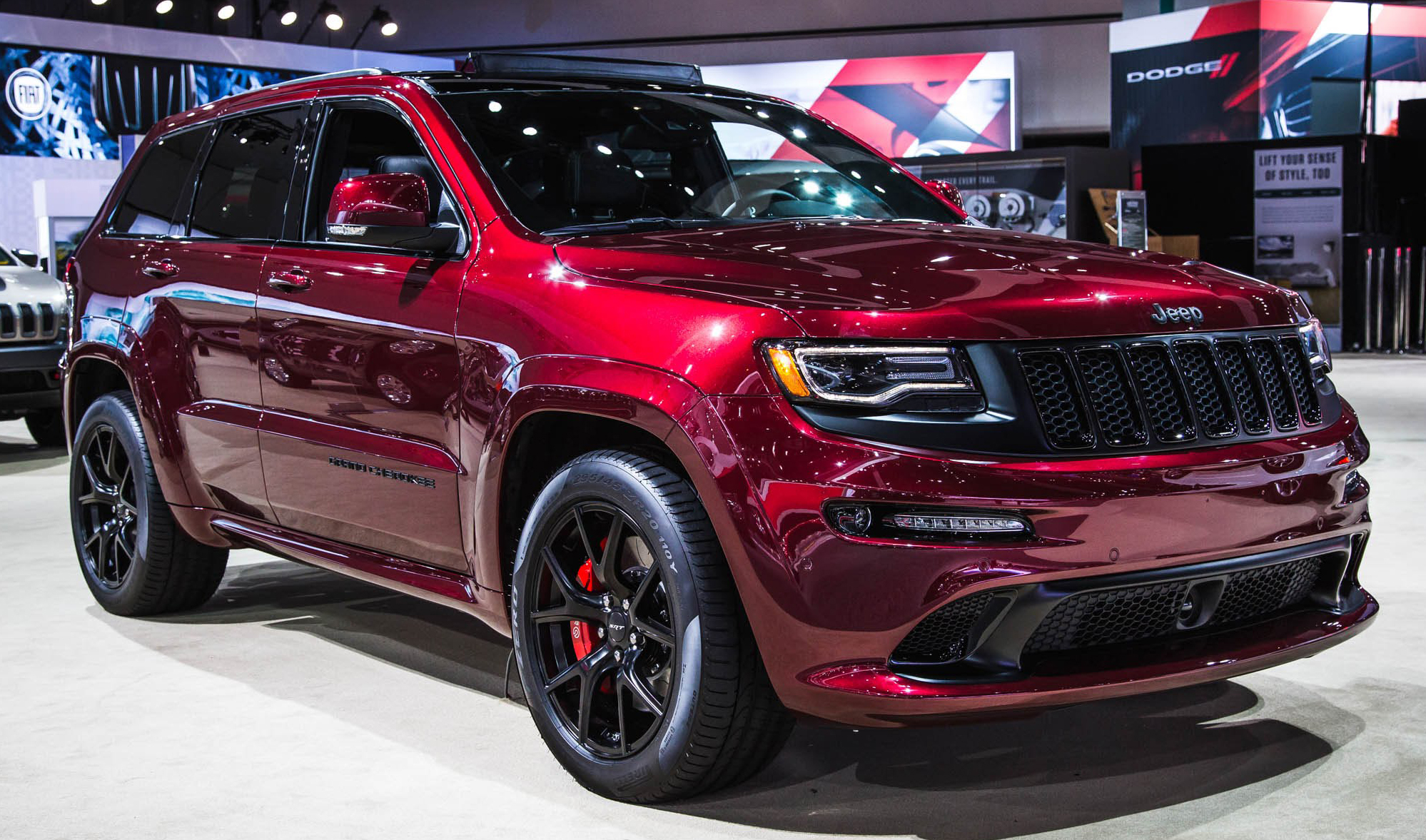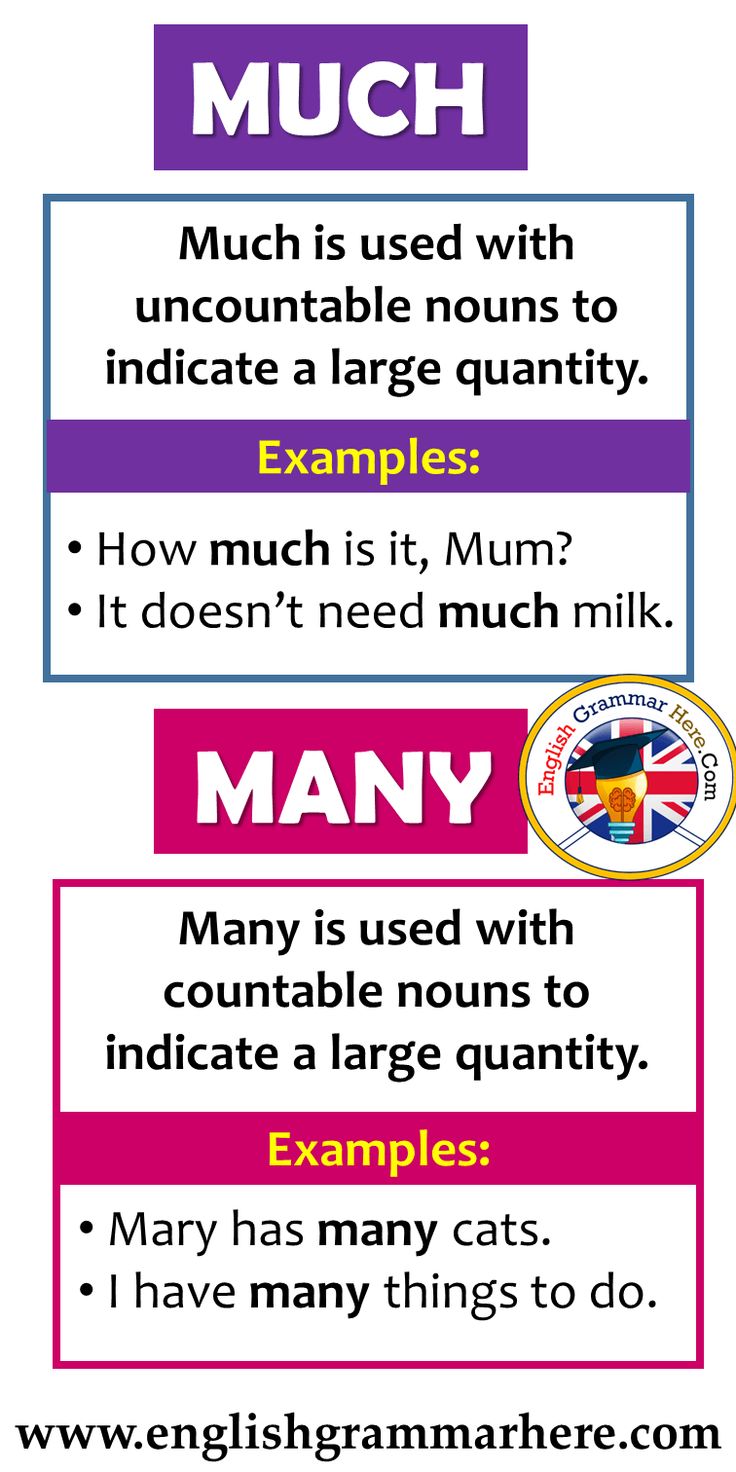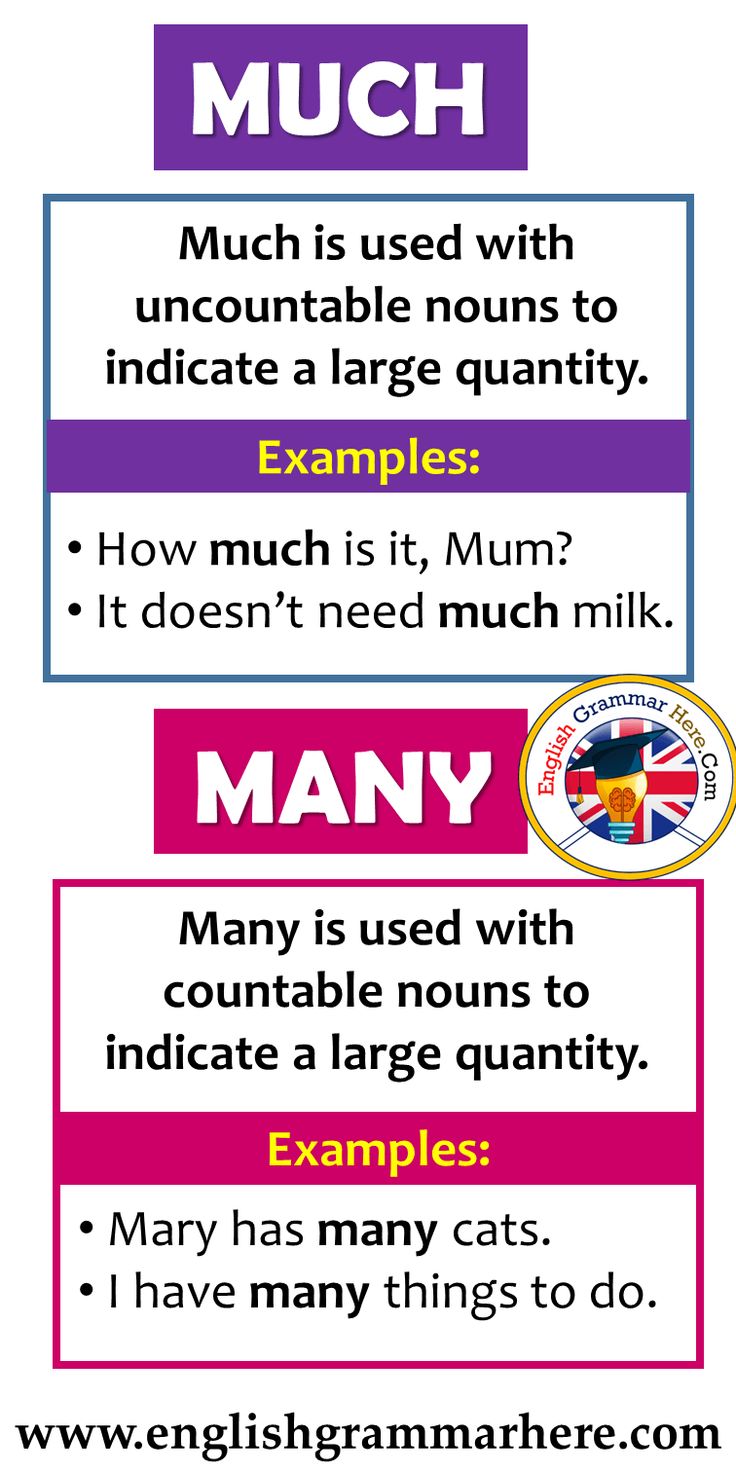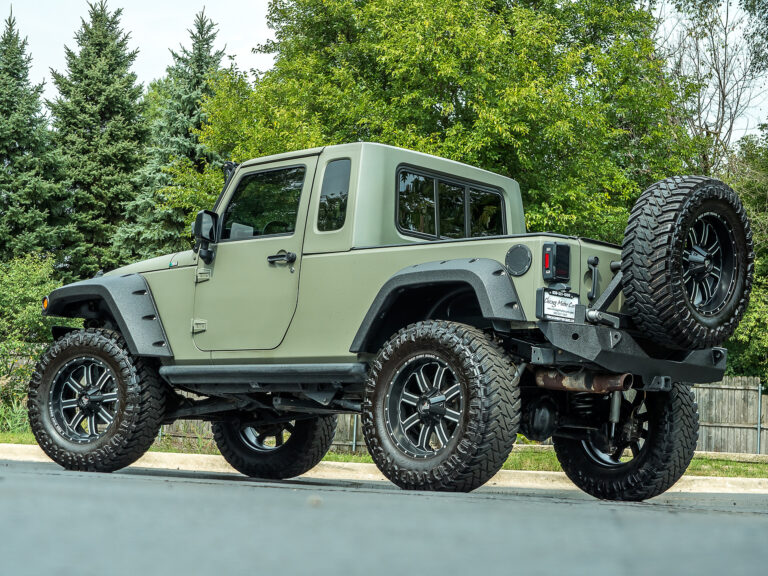Jeep SRT Towing Specs: Unleashing the Performance SUV’s Unexpected Utility
Jeep SRT Towing Specs: Unleashing the Performance SUV’s Unexpected Utility jeeps.truckstrend.com
The Jeep Grand Cherokee SRT. The name itself conjures images of blistering acceleration, track-focused handling, and a roaring Hemi engine. It’s a performance SUV designed to challenge sports cars, not typically associated with the utility of towing. However, beneath its aggressive exterior and potent powertrain lies a surprisingly capable vehicle, ready to haul more than just groceries. Understanding the Jeep SRT’s towing specifications is crucial for owners who want to leverage its full potential, ensuring both safety and optimal performance when hitching up.
This comprehensive guide will delve into the nuances of Jeep SRT towing, from its raw capabilities to essential considerations, practical advice, and everything you need to know to safely and effectively tow with this high-performance machine.
Jeep SRT Towing Specs: Unleashing the Performance SUV’s Unexpected Utility
Understanding Jeep SRT Towing Specs: The Core Numbers
Before hooking up any trailer, it’s paramount to know the precise towing capacities and related specifications for your specific Jeep Grand Cherokee SRT model year. While all SRTs share a common performance pedigree, their towing capabilities differ significantly between generations.
1. WK1 Grand Cherokee SRT8 (2006-2010)
- Engine: 6.1L naturally aspirated Hemi V8
- Maximum Towing Capacity: Officially listed at 3,500 lbs (approximately 1,588 kg).
- Maximum Tongue Weight: 350 lbs (approximately 159 kg).
- Notes: The WK1 SRT8 was primarily designed for performance, and factory tow packages were not offered. Owners wishing to tow typically had to install aftermarket Class III or Class IV hitches. Due to its performance-oriented suspension and cooling system, it’s generally recommended to stay well within these limits and exercise extra caution.
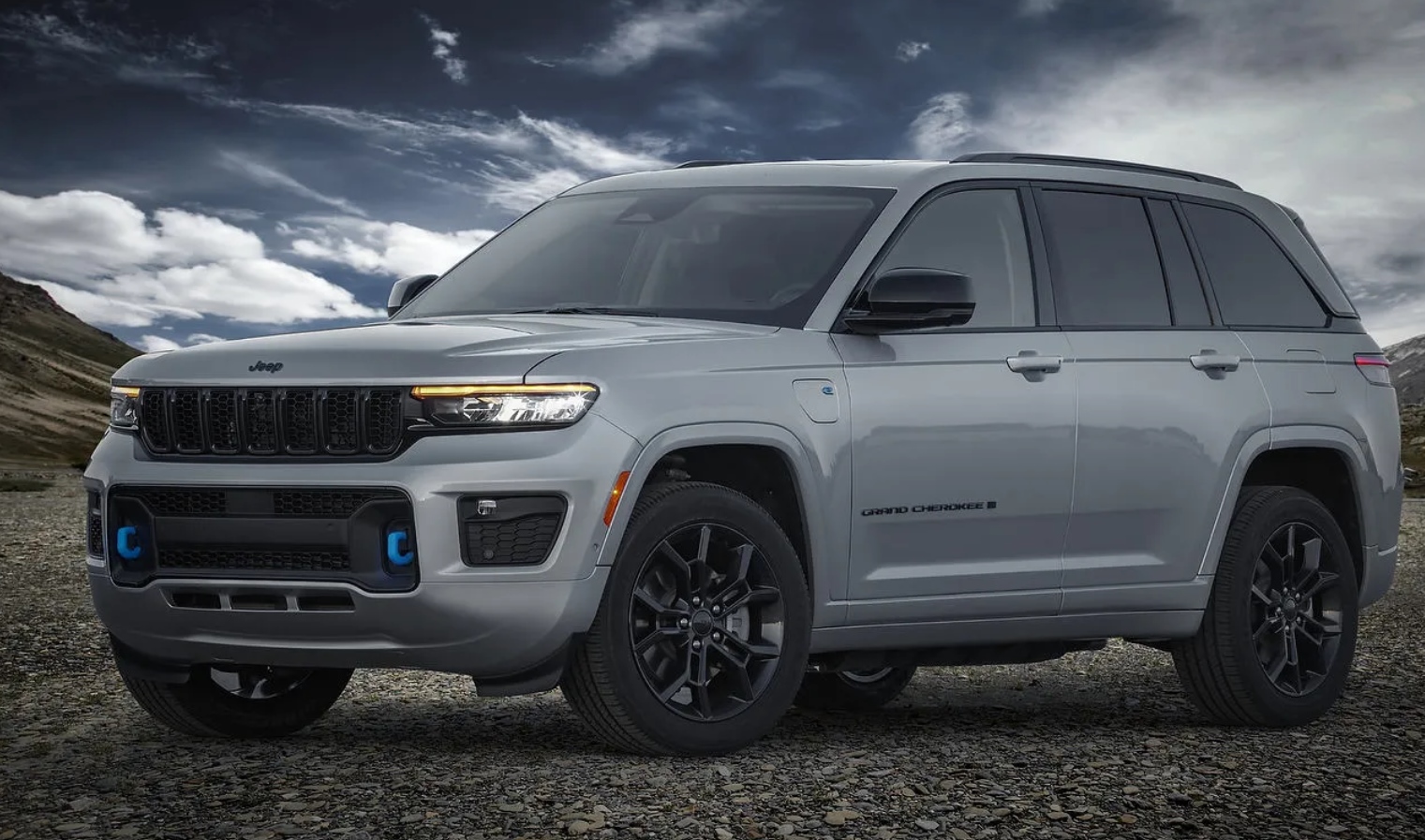
2. WK2 Grand Cherokee SRT (2012-2021)
- Engine: 6.4L naturally aspirated Hemi V8
- Maximum Towing Capacity: A robust 7,200 lbs (approximately 3,266 kg).
- Maximum Tongue Weight: 720 lbs (approximately 327 kg).
- Gross Combined Weight Rating (GCWR): The maximum permissible weight of the fully loaded vehicle and trailer combined. This figure is critical and can vary slightly, so always consult your owner’s manual.
- Gross Vehicle Weight Rating (GVWR): The maximum permissible weight of the fully loaded vehicle itself (including passengers, cargo, and tongue weight).
- Payload Capacity: The maximum allowable weight of cargo and passengers the vehicle can carry, including the tongue weight of the trailer.
- Notes: The WK2 generation benefited from a more versatile platform, shared with other Grand Cherokee models that offered higher towing capacities. A factory Class IV receiver hitch was often an available option, making it far more prepared for towing duties straight from the dealership.

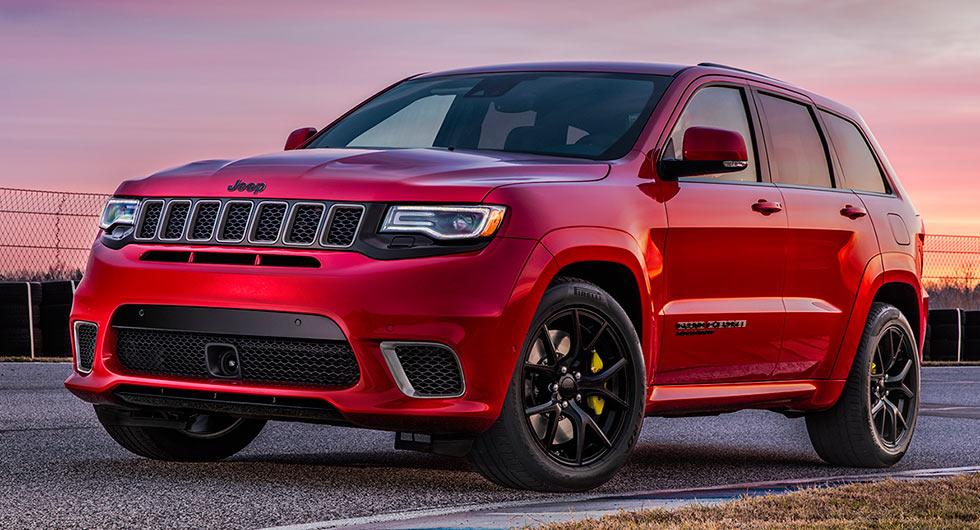
Key Takeaway: The WK2 SRT is significantly more capable for towing than its WK1 predecessor. Always verify these numbers with your specific vehicle’s owner’s manual and door jamb sticker, as variations can occur based on options and specific configurations.
Why Tow with a Jeep SRT? Unveiling the Unexpected Capability
Given its high-performance nature, why would someone choose to tow with a Jeep SRT? The answer lies in its unique blend of attributes:
- Abundant Power and Torque: Both the 6.1L and especially the 6.4L Hemi engines provide ample horsepower and torque, making uphill climbs and acceleration with a trailer surprisingly effortless. The instant power delivery is a huge advantage.
- Robust Chassis: The Grand Cherokee’s unibody construction, designed for durability and rigidity, provides a solid foundation for towing.
- Advanced Braking System: Equipped with high-performance Brembo brakes, the SRT offers exceptional stopping power, which is critical when hauling extra weight. While trailer brakes are always necessary for heavier loads, the vehicle’s own braking capability adds a layer of confidence.
- Sophisticated Suspension: The adaptive damping suspension, while tuned for performance, can also handle the added weight of a trailer reasonably well, especially when properly set up with a weight distribution hitch.
- Versatility: For owners who desire a daily driver that can also perform on the track, the SRT offers the added benefit of being able to tow moderate to heavy loads when needed, eliminating the need for a separate dedicated tow vehicle for many applications.
Preparing for the Haul: A Step-by-Step Towing Guide
Towing safely with a high-performance SUV like the SRT requires meticulous preparation and adherence to best practices.
1. Pre-Trip Checks:
- Tire Pressure: Ensure all tires on both the tow vehicle and the trailer are inflated to the manufacturer’s recommended pressures for towing.
- Fluid Levels: Check engine oil, transmission fluid, coolant, and brake fluid. Ensure they are at optimal levels.
- Brake System: Inspect brake pads, rotors, and fluid. Confirm trailer brakes are functional and properly adjusted.
- Lights: Test all trailer lights (running, brake, turn signals) and vehicle lights.
- Hitch Connection: Double-check that the hitch ball is properly secured, the coupler is latched, the safety chains are crossed and attached, and the breakaway cable (if applicable) is connected.
2. Hitch & Equipment:
- Hitch Class: For WK1 SRTs, an aftermarket Class III or Class IV hitch is necessary. For WK2 SRTs, ensure you have the factory Class IV receiver or a robust aftermarket equivalent.
- Weight Distribution Hitch (WDH): Highly recommended for trailers exceeding 50% of the vehicle’s curb weight or for optimizing stability and ride quality. A WDH distributes the tongue weight more evenly across all axles, restoring proper vehicle geometry.
- Sway Control: Essential for longer trailers, especially those prone to sway. Many WDH systems incorporate sway control.
- Trailer Brake Controller: Absolutely mandatory for most trailers weighing over 1,000-1,500 lbs (check local regulations). An integrated or aftermarket controller allows you to apply the trailer’s brakes independently or proportionally with the vehicle’s brakes.
3. Loading the Trailer:
- Tongue Weight: Aim for 10-15% of the total trailer weight to be on the hitch. Too little can cause sway, too much can overload the vehicle’s rear axle and reduce steering control.
- Weight Distribution: Distribute cargo evenly over the trailer axles, placing heavier items low and over the axles for stability.
- Secure Cargo: Secure all items inside and on the trailer to prevent shifting during transit.
4. On the Road:
- Driving Style: Drive smoothly. Avoid sudden acceleration, braking, or steering inputs.
- Speed: Reduce your speed, especially on winding roads, in strong winds, or during adverse weather. Adhere to specific towing speed limits in your region.
- Following Distance: Increase your following distance significantly to allow more time for braking.
- Turns: Make wider turns to accommodate the trailer’s path.
- Monitor Gauges: Keep an eye on engine temperature, transmission temperature (if displayed), and oil pressure.
- Stop and Check: Periodically pull over to check the hitch connection, safety chains, trailer lights, and tire temperatures.
Critical Considerations for SRT Towing Performance
While the SRT is capable, its performance-oriented design means certain aspects require specific attention when towing:
- Engine and Transmission: The Hemi engines are powerful, but towing puts additional strain on the drivetrain. Ensure your transmission fluid is fresh and consider adding an auxiliary transmission cooler if you plan to tow frequently or in hot climates, especially for WK1 models. The 8-speed transmission in the WK2 is generally more robust for towing than the 5-speed in the WK1.
- Brakes: While the Brembo brakes are phenomenal, they are designed for performance, not sustained heavy-duty towing without trailer brakes. Always use a properly functioning trailer brake system to prevent overheating and premature wear on your SRT’s brakes.
- Suspension: The SRT’s stiff, adaptive suspension is excellent for handling, but it can make the ride somewhat firm with a heavy trailer, especially without a WDH. Proper setup with a WDH is key to maintaining a level stance and comfortable ride.
- Cooling System: Towing increases engine and transmission temperatures. Ensure your cooling system is in top condition, with a clean radiator and sufficient coolant.
- Tires: The SRT typically comes with high-performance, low-profile tires. While they offer excellent grip, their load rating might be lower than dedicated truck tires. Ensure your tires are rated for the load and maintain proper inflation. For frequent heavy towing, some owners consider swapping to tires with a higher load index.
- Payload Capacity: Remember that the tongue weight of your trailer, plus the weight of all passengers and cargo in your SRT, must not exceed the vehicle’s payload capacity. This is often overlooked and can lead to overloading.
SRT Generations and Their Towing Nuances
- WK1 SRT (2006-2010): The Performance Purist’s Tow Rig
- Focus: Unadulterated raw performance.
- Towing Nuances: Lower official capacity. Not designed with towing as a primary function. Requires careful consideration of aftermarket hitch quality and potential stress on the unibody. Best suited for lighter loads (e.g., small jet ski, utility trailer with light cargo). Owners often need to be more proactive with cooling system maintenance if pushing limits.
- WK2 SRT (2012-2021): The Versatile Performer
- Focus: Performance with enhanced practicality and luxury.
- Towing Nuances: Significantly higher capacity (7,200 lbs) due to a more robust platform and the availability of a factory tow package. Better integrated cooling and a more suitable transmission make it a much more confident and capable tow vehicle for boats, car haulers, or larger utility trailers. This generation truly expands the SRT’s utility without compromising its performance ethos.
Tips for a Seamless Towing Experience with Your SRT
- Know Your Numbers: Always know your vehicle’s GVWR, GCWR, and payload capacity, as well as your trailer’s Gross Axle Weight Ratings (GAWR) and actual loaded weight.
- Invest in Quality Equipment: Don’t skimp on your hitch, WDH, or brake controller. These are your primary safety components.
- Practice Makes Perfect: If new to towing, practice backing up and maneuvering in a safe, open area before hitting the road.
- Perform Pre-Trip Inspections Religiously: A quick check before every trip can prevent major issues.
- Be Patient and Plan Ahead: Allow extra time for travel, take more frequent breaks, and plan your route to avoid steep grades or tight turns if possible.
- Maintain Your SRT Diligently: Regular maintenance, especially for the drivetrain and cooling system, is paramount when towing.
Overcoming Towing Challenges with the SRT
- Challenge: Fuel Economy Plunge
- Solution: Accept it. Towing significantly increases fuel consumption. Drive smoothly and anticipate traffic to minimize rapid acceleration and braking.
- Challenge: Performance Tires Not Ideal for Heavy Loads
- Solution: Ensure proper tire inflation. While performance tires offer grip, their stiffer sidewalls might not always provide the most comfortable ride with heavy loads. For frequent heavy towing, consider an all-season tire with a higher load index, if available in your size.
- Challenge: Stiff Suspension Impacts Ride Comfort
- Solution: A properly configured weight distribution hitch is crucial for restoring ride height and distributing load. Airbags (aftermarket) can also be added for additional load leveling support.
- Challenge: Heat Buildup in Drivetrain
- Solution: Monitor your temperature gauges closely. Ensure your cooling system is well-maintained. For extreme towing, an aftermarket transmission cooler can provide additional peace of mind.
Practical Advice and Actionable Insights
The Jeep Grand Cherokee SRT, particularly the WK2 generation, offers a surprising and highly capable towing platform. It combines raw power with a robust structure, making it a viable option for those who need to haul significant loads without compromising on performance or daily driving dynamics.
- Prioritize Safety: Never exceed any of your vehicle’s or trailer’s weight ratings. Overloading is dangerous and can lead to serious accidents and vehicle damage.
- Equip Properly: The right hitch, weight distribution system, and trailer brake controller are non-negotiable for safe towing.
- Understand Your Limits: While the SRT is powerful, it’s still an SUV, not a heavy-duty pickup truck. Respect its design parameters.
- Regular Maintenance: Towing places increased demands on your vehicle. Stick to or even exceed your manufacturer’s recommended maintenance schedule.
Concluding Summary
The Jeep Grand Cherokee SRT defies expectations. While renowned for its track-ready performance, its underlying robust engineering and powerful Hemi engine equip it with impressive towing capabilities, especially the WK2 generation with its 7,200 lb rating. By understanding its specific towing specifications, investing in appropriate equipment, and adhering to safe towing practices, SRT owners can confidently transform their performance SUV into a versatile workhorse. The SRT truly offers the best of both worlds: exhilarating performance on the road and unexpected utility for your towing needs.
Jeep SRT Towing Specifications Overview Table
| Feature / Model | WK1 Grand Cherokee SRT8 (2006-2010) | WK2 Grand Cherokee SRT (2012-2021) |
|---|---|---|
| Engine | 6.1L Naturally Aspirated Hemi V8 | 6.4L Naturally Aspirated Hemi V8 |
| Transmission | 5-speed Automatic (W5A580) | 8-speed Automatic (8HP70) |
| Max Towing Capacity | 3,500 lbs (1,588 kg) | 7,200 lbs (3,266 kg) |
| Max Tongue Weight | 350 lbs (159 kg) | 720 lbs (327 kg) |
| Recommended Hitch Class | Class III or IV (Aftermarket Required) | Class IV (Factory Option Available) |
| Trailer Brake Controller | Essential for most trailers >1,500 lbs | Essential for most trailers >1,500 lbs |
| WDH/Sway Control | Recommended for improved stability | Highly Recommended for loads >3,500 lbs |
| Cooling System | Performance-tuned, monitor temps closely when towing | Enhanced for towing, still monitor temps |
| Brakes | Brembo (Powerful, but rely on trailer brakes for heavy loads) | Brembo (Powerful, but rely on trailer brakes for heavy loads) |
| Payload Capacity | Varies by specific vehicle/options, consult manual | Varies by specific vehicle/options, consult manual |
Note: Always consult your specific vehicle’s owner’s manual and door jamb sticker for exact ratings and recommendations.
Frequently Asked Questions (FAQ) about Jeep SRT Towing Specs
Q1: Can I really tow a boat with my Jeep SRT?
A1: Yes, absolutely! The WK2 Grand Cherokee SRT, with its 7,200 lb towing capacity, is perfectly capable of towing many common recreational boats, jet skis, and smaller travel trailers. The WK1 SRT has a lower capacity (3,500 lbs), so it would be limited to smaller boats or utility trailers. Always ensure your boat’s loaded weight (including trailer, fuel, and gear) is within your SRT’s towing limit.
Q2: Do I need a special hitch for my SRT to tow?
A2: For the WK1 SRT, you will need to install an aftermarket Class III or Class IV hitch, as no factory tow package was offered. For the WK2 SRT, a factory Class IV receiver hitch was often an available option. If your WK2 doesn’t have it, you’ll need to install an aftermarket Class IV hitch. Ensure it’s properly installed and rated for your intended towing weight.
Q3: Is the SRT’s performance suspension good for towing?
A3: The SRT’s adaptive performance suspension is designed for handling and stability. While it’s stiffer than a standard Grand Cherokee’s suspension, it can handle the added weight of a trailer well, especially with the use of a weight distribution hitch (WDH). A WDH helps to level the vehicle and distribute the tongue weight more evenly, improving ride comfort and stability.
Q4: Will towing damage my Jeep SRT?
A4: No, not if done correctly and within the specified limits. Towing within your vehicle’s rated capacities and ensuring proper maintenance (especially for fluids, brakes, and cooling system) will prevent damage. Overloading the vehicle or neglecting maintenance while towing can, however, lead to premature wear or damage to the engine, transmission, brakes, or suspension.
Q5: What’s the difference in towing between the SRT and the Trackhawk?
A5: The Jeep Grand Cherokee Trackhawk, sharing the WK2 platform, also has a maximum towing capacity of 7,200 lbs and a 720 lb tongue weight. While it has significantly more horsepower (707 hp vs. 475 hp for the SRT), its towing capacity is the same. The Trackhawk might handle heavy loads with even greater ease due to its supercharged power, but the fundamental limitations of the chassis and braking system for continuous heavy-duty work remain similar.
Q6: What kind of fuel economy can I expect when towing with my SRT?
A6: Expect a significant decrease in fuel economy when towing. The Hemi engine will be working harder, and the increased drag from the trailer will consume more fuel. Depending on the weight of your trailer, terrain, and driving style, you might see mileage drop to the 8-12 MPG range, or even lower with very heavy loads.
